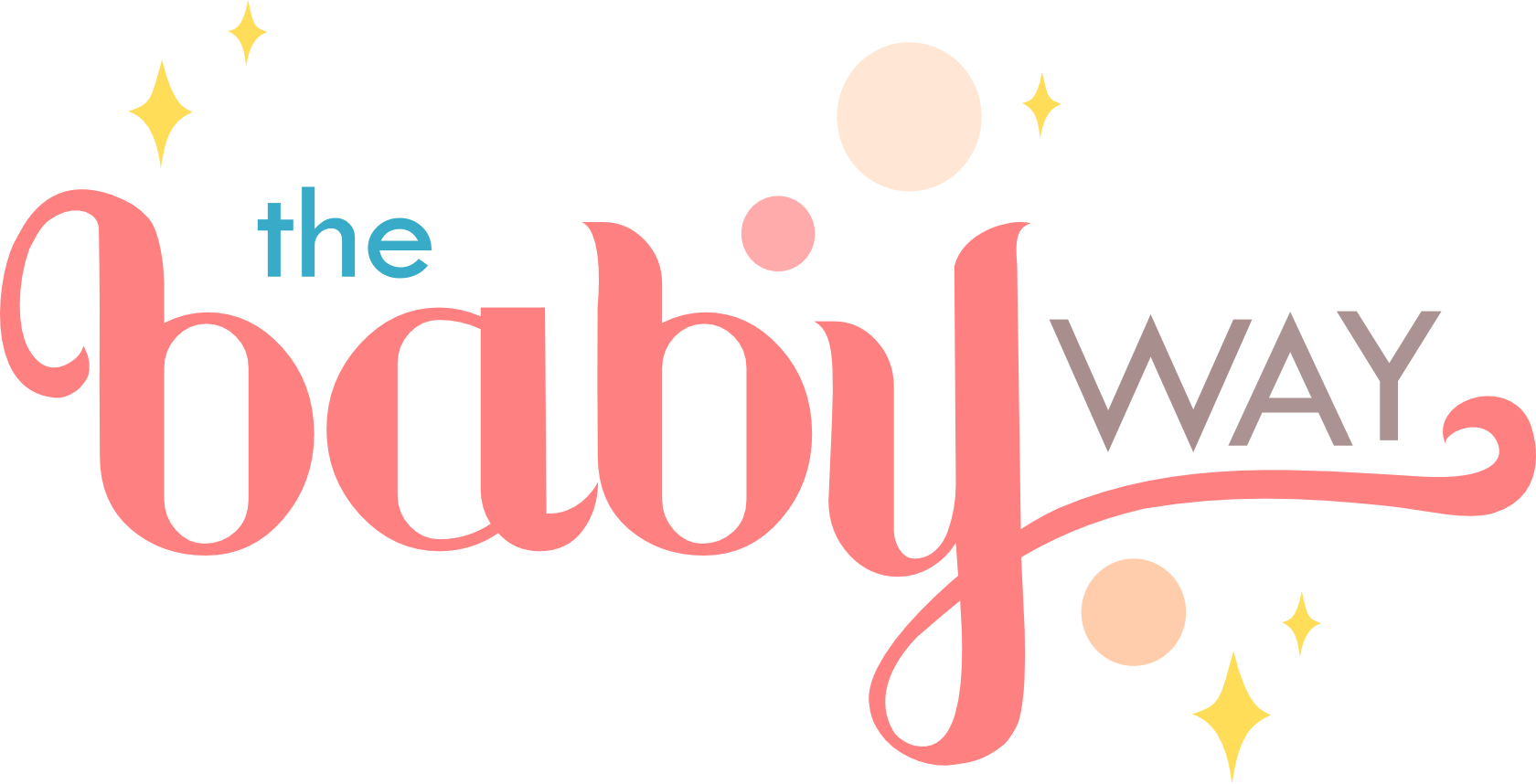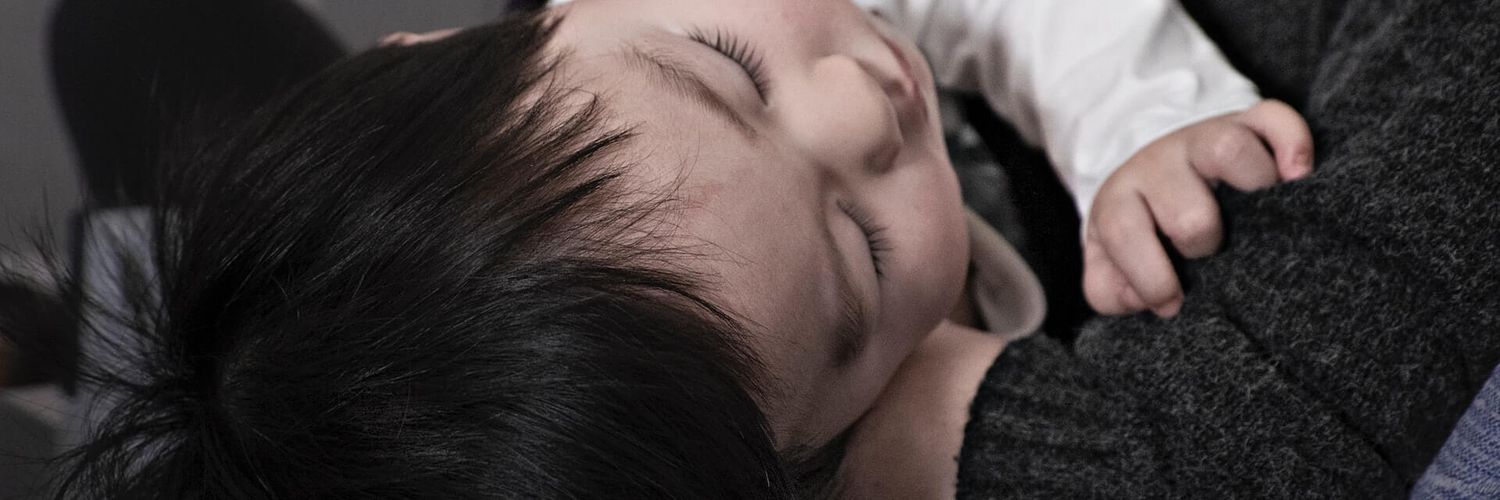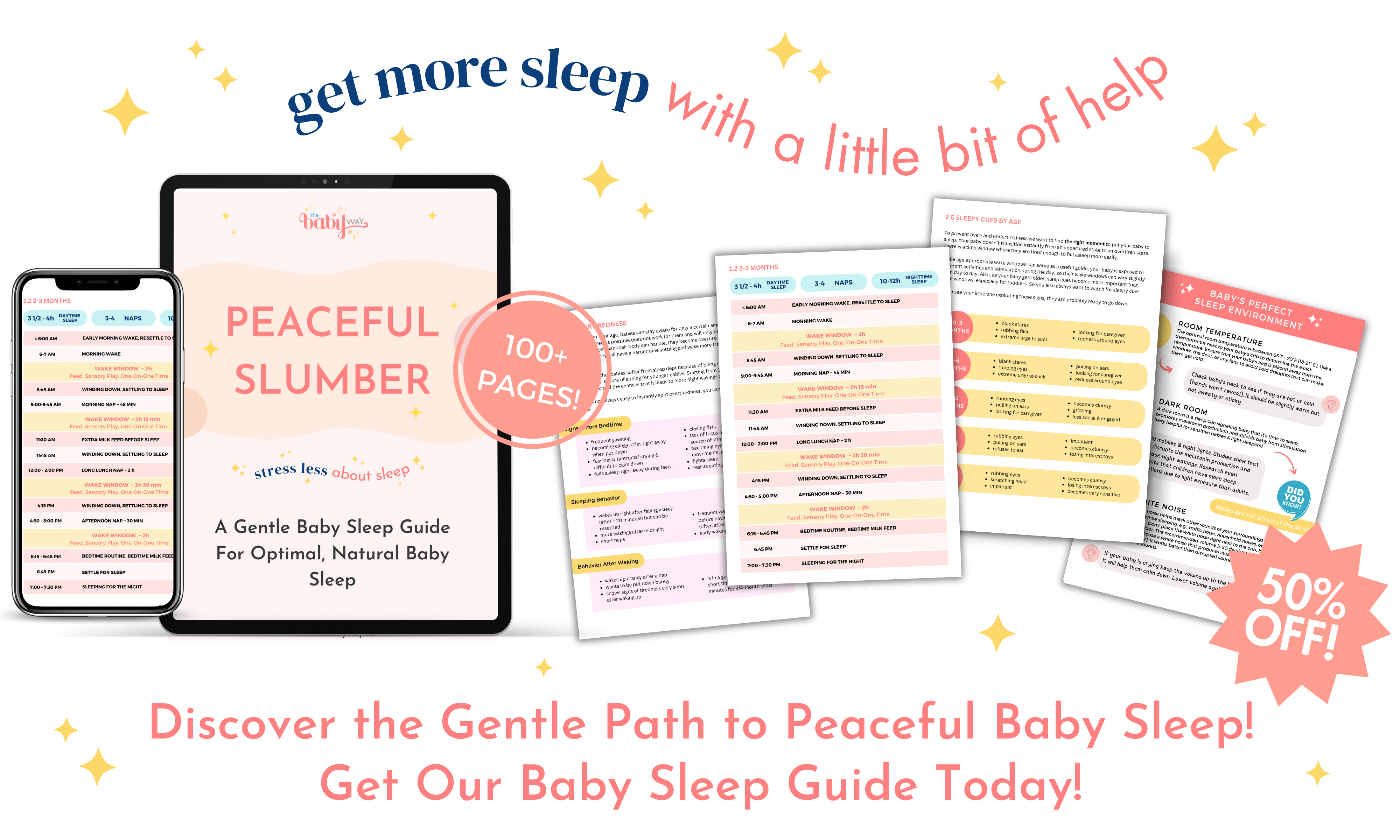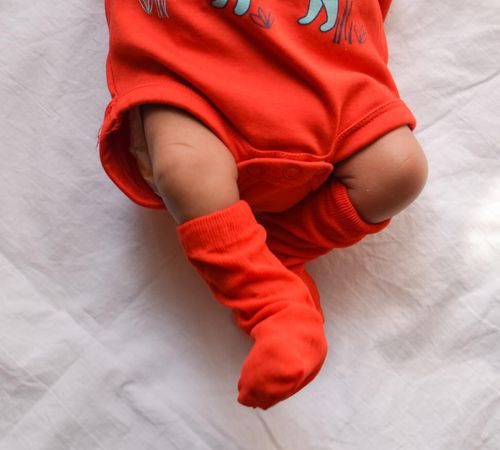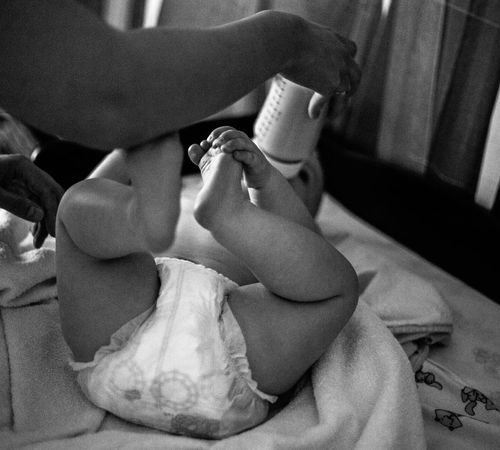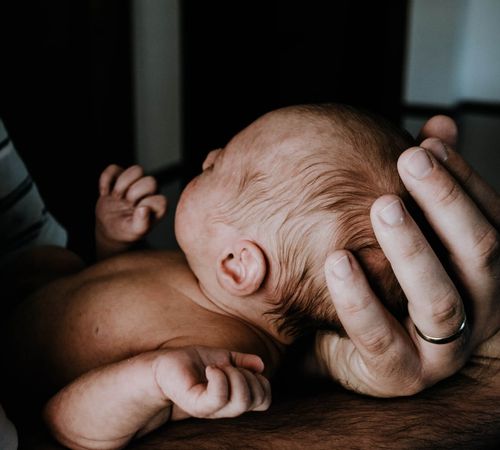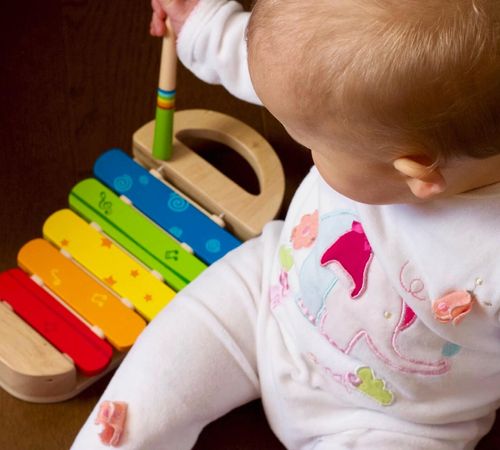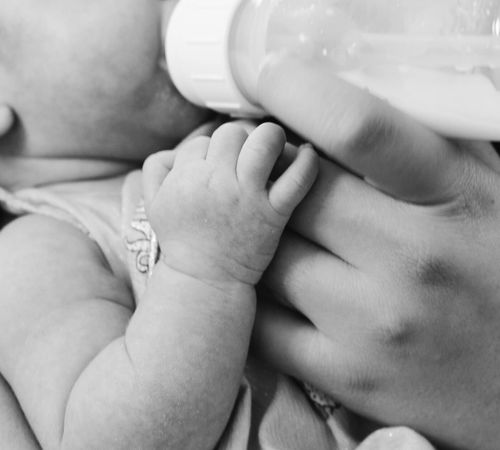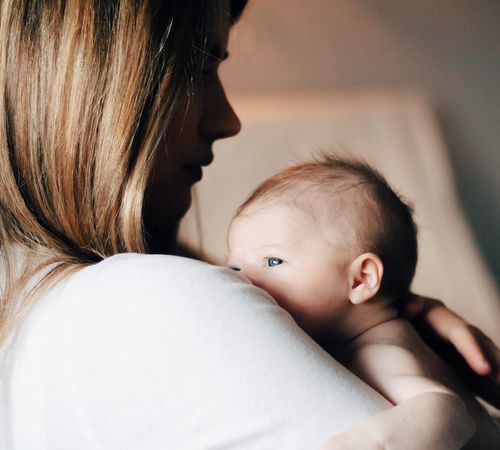Wake windows, wake windows, wake windows. It seems like all that matters when it comes to baby sleep are wake windows. But are they really that important? How do you even determine your baby's individual wake windows? And most importantly, do they really improve baby sleep? We will answer all this and much more in the following article about …you guessed it: BABY WAKE WINDOWS!
It doesn't matter what baby sleep topic you are fanatically researching on Google like a maniac. It can be overtiredness or "my toddler is stalling bedtime because he says he needs to poop". The first thing you will read about are wake windows. It seems that everything comes back to one important question: how long was your child awake?
If you ask me, it sometimes feels like my kids are awake since…FOREVER. Just kidding...
But wake windows are really such a buzzword in the baby sleep world, so they must play an important part in baby's sleep quality, right? But how do they work and do you really need to follow them to improve your baby's sleep? Let's learn everything you need to know about wake windows and how to really use them to improve your little one's sleep.
This article covers:
What Are Wake Windows
A baby wake window, also called awake windows or awake time refers to the period of time your baby is awake between sleeping. It's as simple as that. The amount of time your baby is awake will drastically change within the first 2-3 years. A newborn is only able to stay awake for a very little amount of time, while a 2-year-old may already start to fight the last nap.
Baby Wake Windows By Age
Depending on baby's age, wake windows differ greatly. A baby that is only a few days old will be maybe awake for 15 minutes to feed and change their diaper until they fall asleep again. After 2-3 weeks, you can already observe that your little one can stay awake for up to 30 minutes. A 2-month-old may be awake for up to 90 minutes.
"When should my baby sleep?" asked every parent on earth ever.
As your baby grows, the amount of sleep they need during the day will decrease. They are able to stay awake for longer periods of time. And with the blink of an eye, you are waving goodbye to the last nap of your toddler, knowing it's gone for good.
Because sleep needs vary at different ages, it is important to watch out for age-appropriate wake windows and adjust them as your baby grows. Because no two babies are alike, there is not one fixed wake window that works for all babies. Sleep needs differ between babies, and so will their wake windows. But there is a range for every age that applies more or less to the majority of babies. An age appropriate wake window may look like this:
*Note: If your baby was born before 38 weeks, follow the wake windows for their adjusted age.
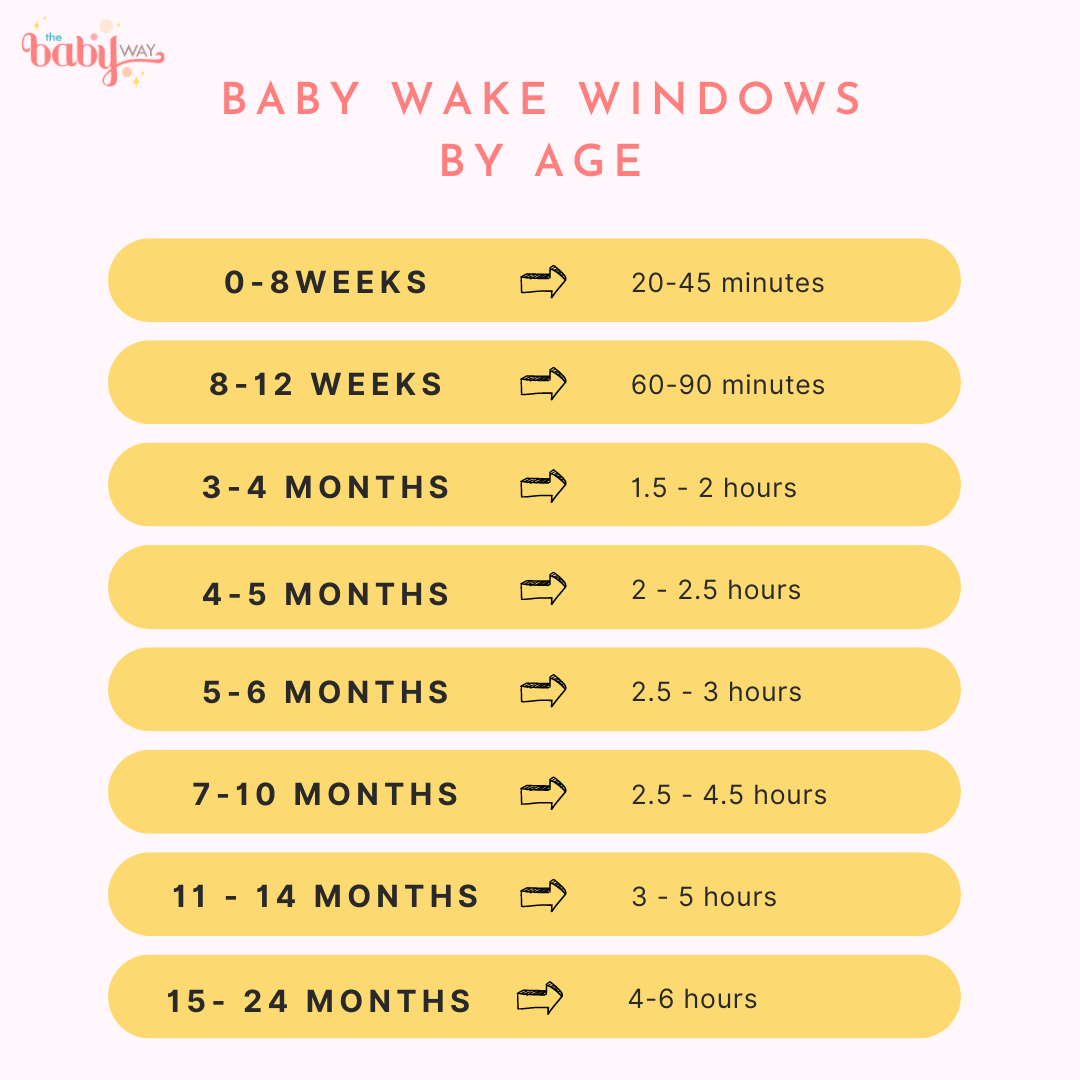
How Do Baby Wake Windows Improve Baby Sleep?
A pig part of the baby sleep puzzle is sleep pressure. Sleep pressure describes the need for sleep after a specific amount of time. If sleep pressure is just about right, your baby will fall asleep easily, might sleep for a longer stretch, or have a longer nap.
However, if your baby is not tired enough and hasn't built up enough sleep pressure, you might end up with a short nap, a baby that wakes shortly after bedtime or the nightmare for all parents, a baby that is up for 2 hours in the middle of the night to play.
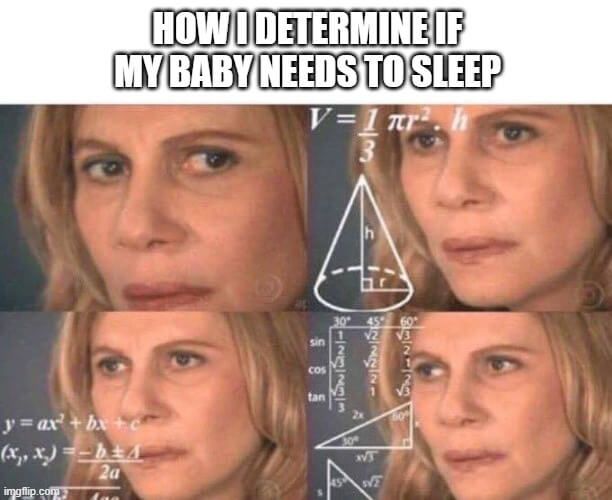
On the other hand, if your baby is up for too long, they can get overtired, and this will also reflect in their sleeping behavior. They become unsettled, have trouble falling asleep, and experience early morning wakes. They will also have high cortisol levels, which can lead to more disrupted nighttime sleep.
Either way, we parents can easily do without any of these scenarios. So that's when wake windows come into play. With the right wake window, you can achieve the right amount of sleep pressure.
Wake Windows Vs. Sleep Schedule
A sleep schedule can be a helpful tool to improve your baby's sleep. By having roughly the same awake time in the morning and regular nap and bedtimes, your baby's circadian rhythm will adjust to the times they are supposed to sleep. But nap schedules are not for everyone.
A set schedule might work perfectly for some parents, while others feel restricted or homebound in their day-to-day life. It depends on your personal situation if a schedule is a good fit for your family.
I personally like loose nap schedules. With my first baby, I had a great schedule that worked perfectly. She had regular nap times (+/- 30 minutes) and slept great. But when the second baby came, it became more challenging to manage his nap time. I had to take care of a toddler, and my day did not revolve only around one baby anymore. I noticed how the schedule slightly stressed me out, so I switched to wake windows instead. We didn't have a set wake-up time or the same nap times every day. We would look at the wake window instead and determine if he needed to sleep or not.
In general, your baby's sleep schedule should use age appropriate wake windows. But you have to decide or try out if fixed nap times will work for your family or not.
Wake Windows Vs. Sleep Cues
Sleep cues are something that parents are also told to keep an eye on. A sleep cue is a sign that your baby may be ready to sleep. But which one should you follow? Wake windows or sleep cues?
Sleep cues can be very helpful in determining if your baby needs to sleep. But what if your baby shows tired signs and they have not been awake for a full wake window? Sometimes babies become fuzzy or yawn shortly after waking from a nap, and parents are unsure if they need to sleep again.
I finally figured out when my baby has to sleep. It 67 minutes after the last nap, after she has yawned once, pulled her ear twice, and looked away for 10 seconds.
Well, how long your baby is actually able to stay awake will not always be the same. It highly depends on how much your baby's sensory cup has been filled. For example, if your baby is home all day and has quiet playtime, they can stay awake longer. But if your baby is out and about, they can get tired faster. On the other hand, it is also possible that a baby shows tired signs because they are bored or need a change of scenery.
I always tell parents to look for a healthy combination of both sleep cues and wake windows. If your baby shows sleepy cues right after waking up, see if they are hungry or need more attention. You don't always have to assume that they are tired. If your baby continues to show tired signs, get them to sleep. Obviously, you should never force your baby to stay up to fill that whole wake window.
Tips For Using Wake Windows
When To Start With Wake Windows
2 months is a great age to start paying more attention to wake windows. Your baby's circadian rhythm is almost sorted out, and they can now stay up for a longer period. Before that, your newborn's sleep will probably be all over the place, and sleep is pretty much unpredictable.
How To Start With Wake Windows
Starting with wake windows can be tricky. Your baby will not be able to stay awake for an entire wake window in the beginning, so you want to start with a shorter wake window. Go slow and stretch that wake window by 5 minutes every two days.
What If Baby Cannot Stay Awake For The Recommended Wake Windows
These wake windows are recommendations, not the bible. Your baby might be in that range or slighter under or over. It is really a process of trial and error, and babies often need time to get used to new wake windows. If your baby cannot stay awake for the 'recommended' amount of time, they don't have to. If they settle easy to sleep (with easy meaning, up to 20 minutes to fall asleep without crying), then it's absolutely fine to use other wake windows than recommended here.
How Can I Determine My Baby's Wake Window
I suggest you start with the lower range of the recommended wake window. Then, you will see how your baby keeps up with that wake window and how well they sleep. If everything is going smoothly, then this wake window is perfect for your baby. If your baby doesn't show any tired signs or takes a long time to settle for sleep, slightly decrease the wake window by 5-10 minutes. It may not seem like a long time, but for babies, 10 minutes can make a difference between undertired and the perfect time to go to sleep.
How Often Should I Adjust The Wake Window?
Daytime sleep will decrease as your baby gets older. I suggest adjusting wake windows every 1-2 months. Sleep needs constantly change as your baby gets older, and your baby needs less sleep than 2 months before.
Are Wake Windows The Same During The Whole Day?
Wake windows will vary during the day. Wake windows in the morning are usually shorter because your baby still has sleep pressure from the night. The last wake window before bedtime will be the longest. It will help build enough sleep pressure so your baby can sleep better at night.
Are Wake Windows The Answer To All My Baby Sleep Struggles?
I wish it were that easy. But come on, we are talking about baby sleep here, right? There is no single solution that will end all of your struggles, not even the perfect wake windows. Because there is so much more to sleep than watching the clock for the right amount of wake time. And many things need to come together to achieve better sleep.
For example, your baby's sleep behavior depends on many different factors that are sometimes out of our control. Your baby's temperament, their age, genetics, and evolutionary behavior, they all contribute to how your baby sleeps. We can use wake windows, every sleep tip possible, and sleep training trying to improve our baby's sleep, but in the end, you have to remind yourself that you have a baby and not a robot.
However, together with healthy sleep habits, paying attention to wake windows is a great addition to achieving better baby sleep.
With that said, you should also know that wake windows are most helpful for younger babies, starting from 2 to 14 months. You don't need to be so fixated on wake windows with older babies or toddlers but instead follow their sleep cues. But remember, this is also the age where undertiredness will most definitely show its face. So always make sure your little one has one long wake window before they say nighty night.
